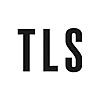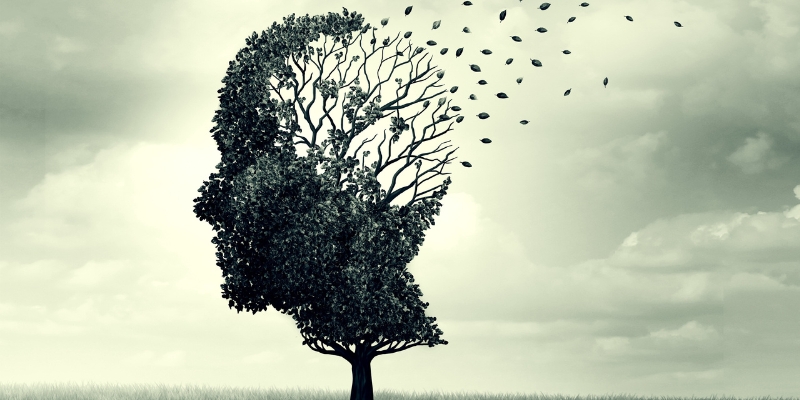Offer Waterman and Francis Outred have combined forces to mount an exhibition of landscape paintings by Frank Auerbach, who died on the morning of November 11, after this review was sent to press. The resulting show is essential viewing, and the hang itself amounts to an interesting reading of the work. Born in Berlin, Auerbach came to Britain on the Kindertransport scheme in 1939. He escaped the fate of many Jews during the war, but arrived in time to experience the Blitz. The earliest paintings in this show reflect the dilapidated state of many London neighbourhoods in the wake of the bombing and reveal how the artist was drawn to scenarios of reconstruction. A large proportion of the built heritage was eradicated and London had to be reinvented. Auerbach’s painterly investment in the urban project of rebuilding reflects a personal need and determination to recompose and refocus every aspect of his own life and art. In 1954 he settled in Camden, or perhaps one should say settled for Camden, as the location for his studio. And he has never moved out. Meanwhile, his paintings show how everything beyond the studio walls is subject to a long drawn-out process of demolition, clearance and reconstruction.
The early painting “Maples Demolition” (1960–1) takes as its subject the HQ of a well-known furniture manufacturer – a supplier of items that make a home, while its own headquarters is shown coming apart at the seams. Auerbach’s decisively worked composition is his response to the urban decomposition all around him. The even earlier “Oxford Street Building Site” (1959–60) recalls an architect’s cross-section drawing of two floors of an office building. The upper floor still has furniture in place, as if the staff have just walked out in an orderly fashion, yet the lower floor is in a state that suggests a jumble of debris.
It is striking how Auerbach regards the studio itself as the threshold to another condition of being – and he focuses on the approach to its location as a necessary part of this transition. In “To the Studio” (1982), the entrance itself is hidden, with the brushwork suggesting something vaguely cluttered and makeshift, as if the psychological approach to the art of painting is itself necessarily a work in progress, and one that might seem different, or involve different implications and agendas, with each separate approach. On the left-hand side of the painting, a few steps lead up to a kind of archway where an obscured figure seems to be standing guard, like the overseer to another world altogether.
Five years later Auerbach was to supply a companion piece, “From the Studio”, where the setting is a moonlit night, with both works suggesting that only painting can properly illuminate the world. In the later composition the artist has finally shut the door to his workplace and turned his back on it. Behind him looms a vast tree-like shape composed with all the colours of the artist’s palette – this emblem of his practice has become a towering composition that has taken on a life of its own. Meanwhile, the painter’s face is turned to the side and seems to be as grotesque as one of Francis Bacon’s screaming figures. But these works are giving centre stage not to the embodied artist, but, rather, to the incremental growth of the body of work that will outlast him.
One room is devoted to “Studies Around the Studio”, consisting of a group of smaller paintings. Despite the contraction of scale, these works are actually filled with a greater abundance of detail, giving the impression that the immediate neighbourhood of the studio is a kind of evolutionary launch pad: teeming with potential life; brimming with warm light; and still aglow when the evening sets in.
In terms of its localities, Auerbach’s is a small world, yet it seems inexhaustible. Less than a mile from Camden is Primrose Hill, which Auerbach was drawn to over and over again (and which he has painted more than forty times). The earliest recorded visit included in the show is “Primrose Hill, High Summer” (1959), a painting that casts this modest urban green space in emphatic terms. It offers a view downslope late on a summer evening that thrusts thick black shadows beyond the stumps of trees – or they might be bushes – pointing towards an architectural skyline beneath several thick horizontal ribs of paint that transform the dying of the light into high drama.
Two years later, in “Primrose Hill, Spring Sunshine” (1961–2), the newly emerging colours of the spring foliage that would naturalistically be rendered in modest tints and shades are here dramatically streaked and stretched and thickened until they dominate our impression of the entire landscape. Auerbach’s technique is so compelling it converts the representation of the London park from something like a society portrait of nature to the rewilding project of a fauve. Fast-forward to 1967–8 and we are presented with an autumnal bank of bushes and trees obscured by a scaffolding of livid blues and rusty orange. A great black zigzag has been incised into a grey sky – it feels as if the real object of the exercise is less to reflect the appearance of the landscape than to record a blizzard of retinal activity.
Move on to the 1970s, with “Primrose Hill, Hot Summer Evening” (1974–5), and the same landscape bucks and heaves, disgorging burning reds and sulphurous yellows. Northwest London has morphed into a volcanic terrain as unpredictable as an Icelandic caldera – it looks as if the earth is about to give way, engulfed by a landslide of gleaming paint. In “Spring Morning, Primrose Hill Study” (1975), a bare tree equipped with neon red trunk and branches acts as a fingerpost, pointing towards a background of vague green and brown forms that are no more than alibis for traditional landscape painting. In the gallery and on the wall, they are more like the debris left behind by the tornado of paint that you feel must be still in progress, since no single occasion, no unique point of view, no particular time of day or season, can ever allay it. What is more, the artist has revealed that every landscape painting he creates is a palimpsest: “the way I work means putting up a whole image, and dismantling it and putting up another whole image (which is actually physically extremely strenuous)”. “Dismantle” is a revealing verb to use, since it forces us to think of construction in three dimensions, rather than portrayal in two. Frank Auerbach’s studio has an address in Camden, but in his paintings it expands to encompass a much wider neighbourhood, until we feel that the whole of north London is being rethought, reworked and reconstructed. It is a terrain that has been claimed, recorded and represented by many writers and artists, but never more revealingly than by this intimate alien.
Rod Mengham’s most recent book is Midnight in the Kant Hotel: Art in present times, 2021
The post Neighbourhood watch appeared first on TLS.

 By Times Literary Supplement | Created at 2024-11-14 02:17:54 | Updated at 2024-11-21 15:20:31
1 week ago
By Times Literary Supplement | Created at 2024-11-14 02:17:54 | Updated at 2024-11-21 15:20:31
1 week ago








